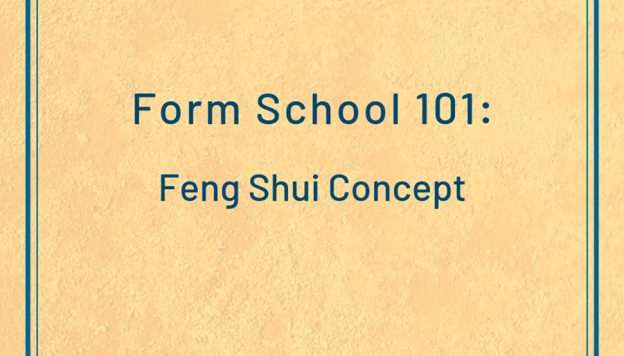All truth has to be validated with reality. If we look at history, we can see how the Four Features Model reflects the success or failure of cities, organizations, companies, schools, or even people, based on the Feng Shui of the place.
Now let’s take a look at an example on a larger scale at one of the most renowned universities in the United States: the University of California at Berkeley.
Continue reading










